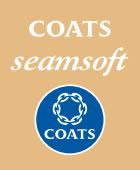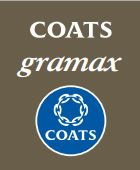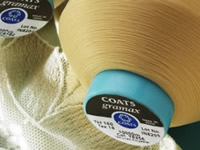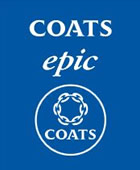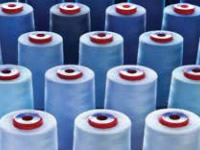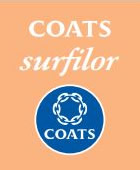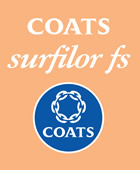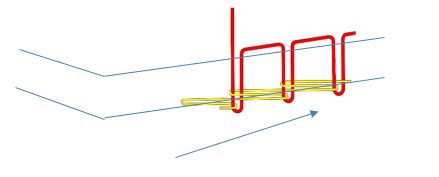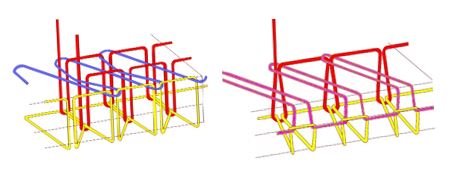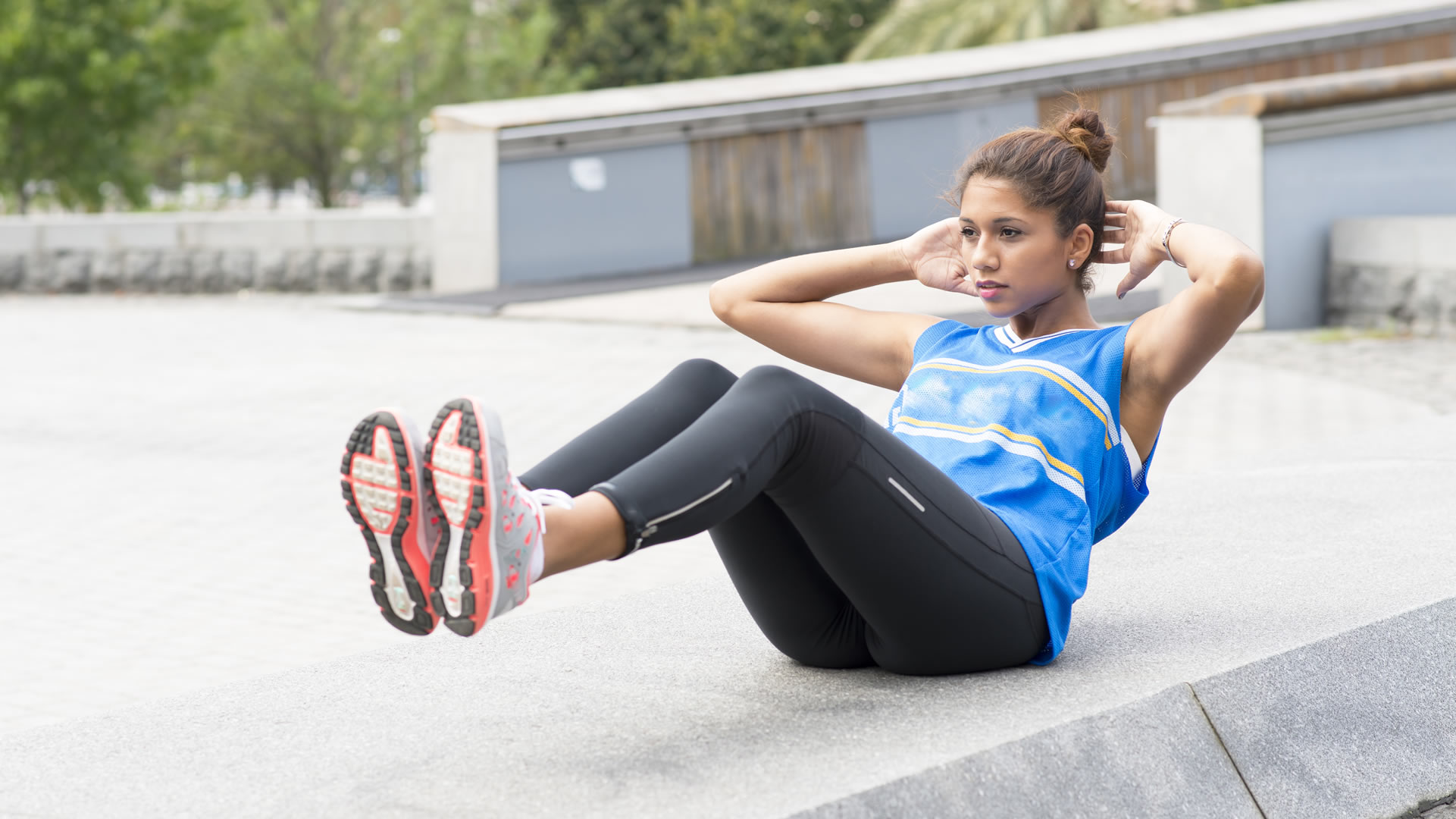
Soft and Secure Seams for Activewear and Intimates
Contents
Introduction
Coats Thread Recommendations for Soft and Secure Seams
Coats Threads for Soft and Secure Seams
Stitch Types and Seam Softness
Seam Strength
Seam Bulkiness and Softness
Introduction
The achievement of softer, flatter, and more secure seams is the goal of technologists as they develop activewear, intimates, and other apparel in an ever-increasing array of high tech fabrics.
To ensure that a garment will be fit for purpose and can withstand the strain from repeated wear throughout its life cycle, the designer must consider seam strength, appearance, required stretch, bulkiness, and softness. Seams that come into direct contact with the skin should be secure and yet soft to avoid potential irritation to the skin.
The correct choice of sewing thread has a significant bearing on this. Thread tenacity combined with the required elongation and stretch must be optimum to ensure secure well-balanced seams. Seamsoft 120 (Tex 16) is particularly suitable for use in both needles and loopers, delivering the ultimate softness with one thread choice.
Coats Thread Recommendations for Soft and Secure Seams
Options using Seamsoft - Soft microfilament textured polyester
| Stitch Type | Thread Position | Soft Low Coverage | Soft High Coverage
|
Premium Super Soft
140 / 160 |
Premium Super Soft
120 / 160 |
Flat Soft
120 / 120 |
Stretch Soft |
| Coverseams
401, 406, 407 |
Needle | Epic 120 | Epic 120 | Seamsoft 140
|
Seamsoft 120 | Seamsoft 120 | Eloflex 120 |
|---|---|---|---|---|---|---|---|
| Looper | Seamsoft 160 | Seamsoft 80 | Seamsoft 160 | Seamsoft 160
|
Seamsoft 120 | Seamsoft 120 | |
| Overlock
504, 514 |
Needle | Epic 120 | Epic 120 | Seamsoft 140
|
Seamsoft 120
|
Seamsoft 120 | Eloflex 120 |
| Looper | Seamsoft 160 | Seamsoft 80 | Seamsoft 160 | Seamsoft 160
|
Seamsoft 120 | Seamsoft 120 | |
| Flatseams
602, 605, 607 |
Needle | Epic 120 | Epic 120 | Seamsoft 140
|
Seamsoft 120
|
Seamsoft 120 | Eloflex 120
|
| Looper | Seamsoft 160 | Seamsoft 80 | Seamsoft 160 | Seamsoft 160
|
Seamsoft 120 | Seamsoft 120 | |
| Spreader
|
Gramax 160 | Gramax 80 | Seamsoft 160 | Seamsoft 160 | Seamsoft 120 | Gramax 160 |
Options using Surfilor - Exceptionally soft texturised nylon
| Stitch Type | Thread Position | Bulky Soft | Flat Soft | Soft |
|---|---|---|---|---|
| Coverseams
401, 406, 407 |
Needle | Epic 120 | Surfilor FS 180 | Epic 120 |
| Looper | Surfilor 120 | Surfilor FS 180 | Surfilor 180 | |
| Overlock
504, 514 |
Needle | Epic 120 | Surfilor FS 180 | Epic 120 |
| Looper | Surfilor 120 | Surfilor FS 180 | Surfilor 180 | |
| Flatseams
602, 605, 607 |
Needle | Epic 120 | Surfilor FS 180 | Epic 120 |
| Looper | Surfilor 120 | Surfilor FS 180 | Surfilor 180 | |
| Spreader | Surfilor 120 | Surfilor FS 180 | Surfilor 180 |
Options using Eloflex - Soft and high in elasticity
| Stitch Type | Thread Position | Stretch Soft | |
|---|---|---|---|
| Option 1 | Option 2 | ||
| Lockstitch
301 |
Needle | Eloflex 120 | Eloflex 120 |
| Bobbin | Eloflex 120 | Eloflex 120 | |
| Coverseams
401, 406, 407 |
Needle | Eloflex 120 | Eloflex 120 |
| Looper | Gramax 160 | Seamsoft 160 | |
| Overlock
504, 514 |
Needle | Eloflex 120 | Eloflex 120 |
| Looper | Gramax 160 | Seamsoft 160 | |
| Flatseams
602, 605, 607 |
Needle | Eloflex 120 | Eloflex 120 |
| Looper | Gramax 160 | Seamsoft 160 | |
| Spreader | Gramax 160 | Gramax 160 | |
- For intimates / lingerie next-to-skin lockstitch operations use same thread recommendation as coverseams
- For sportswear knit lockstitch construction seams use Epic 120 in the needle and bobbin
- For sportswear knit lockstitch construction "Stretch Soft" seams use Eloflex 120 in the needle and bobbin
- For decorative seams, use Sylko 120 in top spreader of flatseams
Seam definitions:
- Bulky Soft: Surfilor used for high bulk seam coverage
- Flat Soft: Surfilor FS recommended to give flatter, smoother, neater seam where a bulk seam appearance is undesirable
- Premium Super Soft: Luxurious seams, e.g. intimate apparel
- Soft: Next-to-skin
The thread ticket sizes shown are representative only. Different fabrics and garment constructions may require specific threads. For example, heavier fabrics or fabrics that need additional strength in the seam may require thicker/stronger threads. The user should always ensure that the thread meets the desired functionality. Please contact your nearest Coats representative for further information.
Coats Threads for Soft and Secure Seams
Stitch Types and Seam Softness
Lockstitch
The Image (figure 1) below shows the construction of a lockstitch stitch (type 301) running through a seam.
The arrow in figure 1 shows the loop formation joining in the middle of the fabric. The loop formation or the position of the loop formation in a seam is one of the significant contributors to harsh or harsher seams.
Figure 1
Red – Needle thread
Yellow – bobbin thread
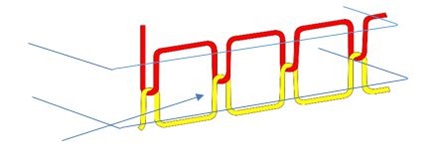
When you run your fingers on top of this stitch line, you would notice the seam feeling is soft on both the underside of the fabric and the top.
This seam softness is derived from the fabric and remains regardless of thread type used in the needle and bobbin.
Chainstitch
Fig 2 shows a chainstitch stitch (type 401) running through a seam. The arrow indicates the stitch formation on the bottom ply of fabric.
The needle thread goes through both plies of fabric and forms a loop on the underside of the fabric. The looper thread then passes through this loop and creates a stitch.
The stitch formation on the bottom of the fabric has a harsher hand feel when compared to the top of the fabric.
Figure 2
Red – Needle thread
Yellow – looper thread
If you run your fingers along the top of this stitch line, you notice that the seam feeling is soft, similar to the lock-stitch stitch (type 301) in figure 1. The improved seam feeling on the top of the fabric is due to a lack of needle loops on the top side of the fabric.
- If the fabric being sewn compresses, the size of this loop will decrease, and seam feeling will improve as the thread beds into the fabric.
- If the fabric does not compress, then additional needle thread tension may need to be applied to reduce the size of this loop to improve seam feel.
- If the fabric cannot compress, the thread tightened, or the looper thread loosened, then the loop will remain, and It is here where softer threads or bulkier threads will help to improve seam feel.
- Thicker bulkier threads can be used as an alternative to try and cover the needle loop at the bottom of the fabric.
Note: be aware, adjustments to thread tensions on a sewing machine will alter thread consumption within the garment.
Overlock stitch type and seam softness
It is uncommon to find issues relating to seam softness on overlock seams as the needle loops are set neatly into the seam.
Figure 3 and 4 show stitch types 514 and 504 respectively
The exception to this rule is overlock seams where a chainstitch runs alongside the overlock seam, such as stitch type 516 (figure 5).
If a softer feel is required, recommend using textured or microfilament yarns for use in the loopers.
Figure 5
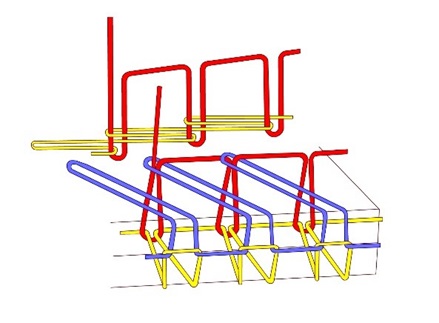
Coverseams and Flatseam
The most common stitch types when trying to obtain flat neat seams that offer good elongation properties are stitch types 602; 2 needle coverseam with top cover, stitch type 605; 3 needle coverseam with top cover and stitch type 607; 4 needle flatseam.
All these stitch types produce a needle loop on the underside, which increases the chance of having harsher seams. The example shown below rates to flat seams, but all three stitch types have similar issues. The flatseam has a bigger problem as this produces four-needle loops on the underside of the fabric.
Flatseam
This type has four-needle threads (red), a single lower looper thread (yellow), and a single spreader/top cover thread (blue).
Figure 6 stitch type 607
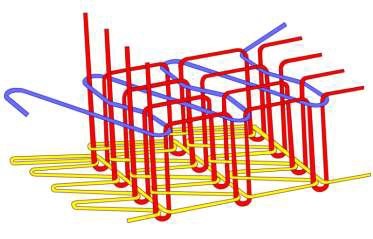
Stitch type 607, while suitable for seam elongation, may not always offer the softest seams.
This stitch type uses over 30cm of thread for every 1cm of seam, almost half of this total amount going into the lower looper thread. With this amount of yarn placed in the looper, expectations are that these seams are soft, but even when the softest sewing yarns used in the looper, the sewn seam itself may remain rough to the touch.
This roughness is due in the main to the loops of needle thread that show on the underside of the material. Other reasons for roughness in the seams include but are not limited to, fabric, unbalanced stitching on seams produced under this stitch type uneven sewing while oversewing.
Figure 7 showing the needle loops produced in a flatseam
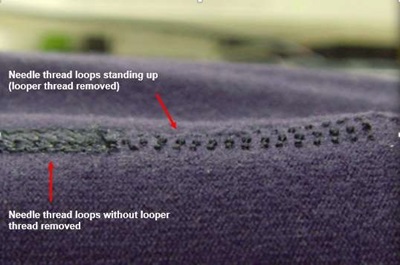
Methods used to improve seam softness on coverseams and flatseam stitch types.
Set/adjust the needle thread tensions so that the need threads bed into the fabric, allowing the bulked looper yarn to rise above or beome level with the needle thread: The result is a softer seam.
Care is required when using the above method to ensure the garment is still fit for purpose. It is recommended that quality checks be carried out after tension adjustment to ensure the garment stretch is sufficient to meet requirements.
Tighter needle tensions reduce seam elongation that may result in the needle threads cracking when fabrics pull.
Figure 8
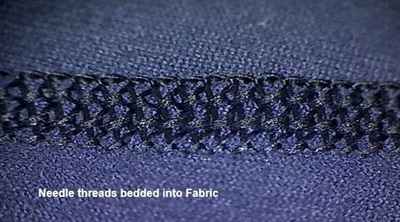
Seam test identifying flat seam needle loops in a sewn seam:
- Place the sewn seam on a flat surface with the looper yarn facing up
- Run the nail from your first finger along the seam
- If you hear no noise then the needle thread has bedded into the fabric
- If you hear a rumbling noise, then the needle loop is above the looper yarn, and the rumbling sound is your finger hitting these needle loops as it passes over
Soft Seam Solution
One simple solution to ensure softer seams against the skin when using coverseam or flatseam stitch types.
Sew the seam inside out, so that the looper thread is on the outside of the completed garment and the upper thread/spreader thread is underneath against the skin.
Figure 9
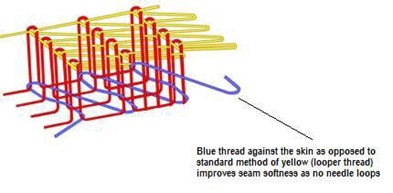 Why does this feel softer? There are no needle loops on the upper surface of this stitch type, so the seam is instantly softer.
Why does this feel softer? There are no needle loops on the upper surface of this stitch type, so the seam is instantly softer.
Another solution to help obtain softer seams while maintaining seam elongation is to loosen the two middle needle tensions (Fig 10). Loosen tension, so they lay as longer loops in the seam. At the same time, tighten the two outside stitch rows, trying to bed these into the fabric. This, coupled with a loose looper tension, improves seam softness (seam elongation checks are required to ensure that the tension applied to the outside needles does not restrict elongation).
Figure 10
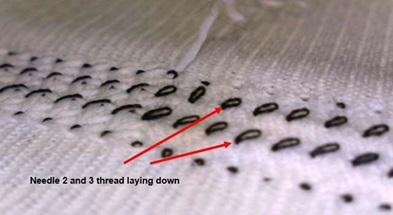
General guide to seam softness
- The use of a softer bulkier yarn will in most case improves seam softness
- Sewing tension can be critical for soft seams and if replicating soft seams on numerous machines a tension meter is recommended
Seam Strength
Usually, the strength of the thread used to stitch a seam should match the seam strength. However, in seams that stretch a safety factor should be built in to allow for the variation in seam extension during normal wear. It is also essential that the needle thread grips the fabric and yet provides the softness required.
Seam Bulkiness and Softness
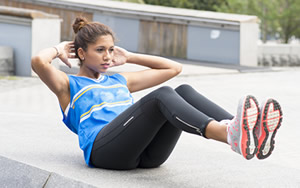
Seam softness will depend on the choice of sewing thread and the fabric that is being sewn. For fabrics that are compressible and contain elastane or Lycra, there must be enough thread cover on the seam to stretch and yet retain its softness. The volume of thread cover refers to the bulkiness of the seam.
Seams sewn in the warp direction of some fabrics will have a different feel to those sewn in the weft direction. In the vertical warp direction, the needle thread will bed into the fabric, and the seam will be flatter, whereas, across the weft, the stitch may sit on the surface and be easier to feel..
To ensure the sewn stitch does not stand out in the seam, the sewing thread needs to fine. A thicker thread can leave an impression on the fabric during
Please contact your local Sales Office to find out more about secure and soft seams.

